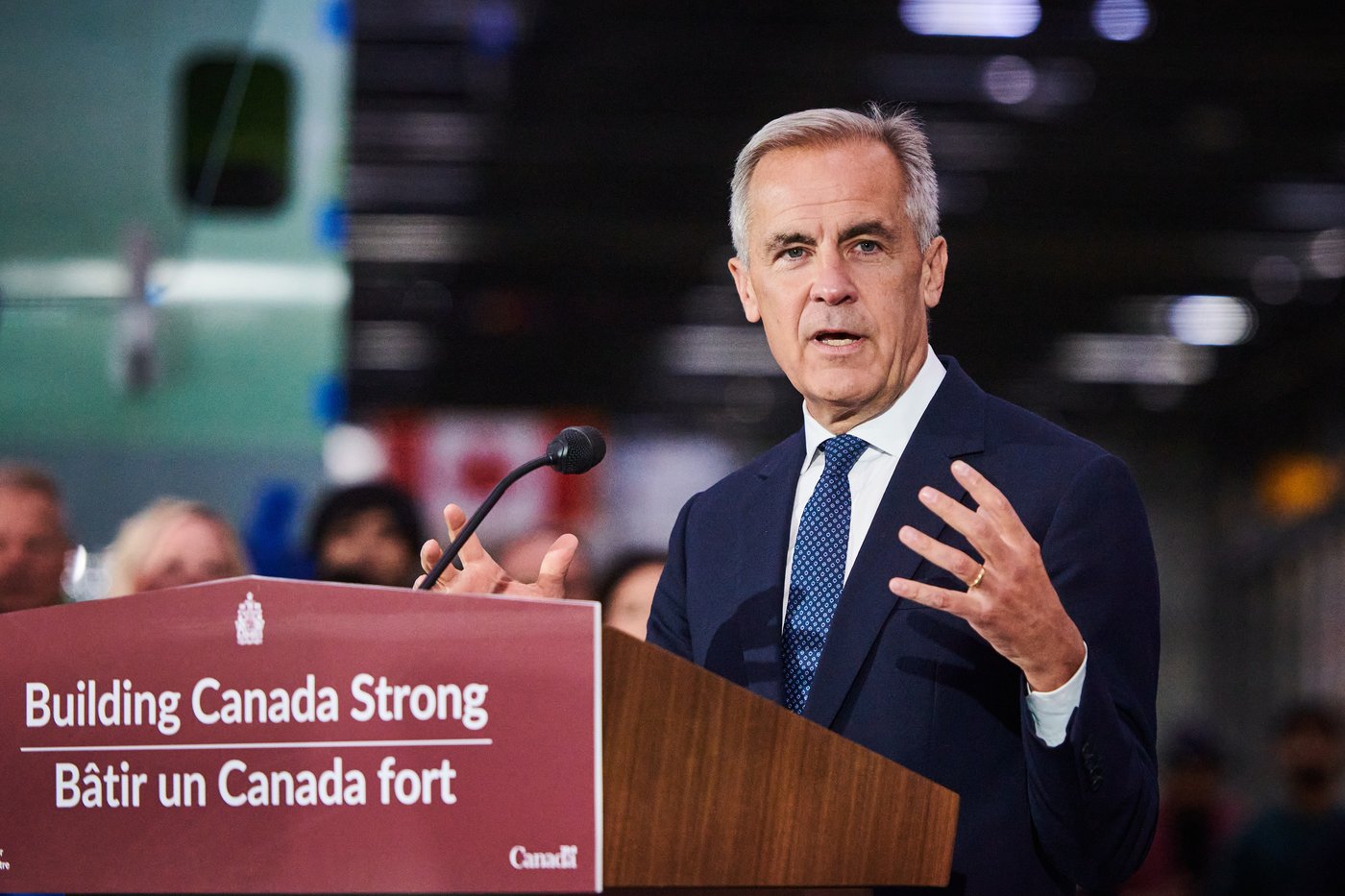Time to spring forward? It depends where you live

In British Columbia and Ontario, the topic of abolishing time changes has been a subject of public discussion for quite some time. Meanwhile, in Saskatchewan, the majority of residents have never had to adjust their clocks due to the province’s consistent timekeeping. Let’s take a closer look at where each province and territory currently stand on this issue.
British Columbia made a significant move in 2019 by passing legislation to transition to year-round daylight time. The province aims to align its timekeeping with Washington, Oregon, California, and Yukon. However, there are exceptions in B.C., such as the northeastern Peace region and the town of Creston, which follow Alberta’s Mountain Standard Time in the winter and Pacific Daylight Time in the summer.
Alberta recently conducted a binding referendum in October 2021 to determine whether to continue the practice of changing clocks twice a year. The majority of Albertans voted in favor of maintaining the current system.
In contrast, Saskatchewan remains on Central Standard Time throughout the year, aligning with Alberta in the summer and Manitoba in the winter. The city of Lloydminster, located on the border between Alberta and Saskatchewan, follows Mountain Standard Time in the winter.
Manitoba has introduced legislation to adopt permanent daylight time in 2022, contingent upon the U.S. making a similar change. Similarly, Ontario passed a law in 2020 to switch to permanent daylight time, pending Quebec and New York state’s participation.
Quebec recently conducted an online public consultation to gather feedback on abolishing time changes and selecting a new system. The Ministry of Justice in Quebec is currently reviewing the responses to determine the next steps.
In the Atlantic region, premiers have discussed the possibility of adopting permanent daylight time in 2022. However, they have stated that they will only proceed with the change if other regions take the lead, as it would likely involve a coordinated effort across the entire region.
Yukon made the bold move to transition to permanent daylight time in 2020, now operating on Yukon Time without changing the clocks. The territory aligns with Alberta in the winter and British Columbia in the summer.
The Northwest Territories recently conducted a public consultation on ending time changes in 2022. The majority of survey respondents expressed support for abolishing the changes, with over half in favor of staying on daylight time year-round. The territorial government has yet to announce a decision on the matter.
Lastly, Nunavut typically adjusts its clocks twice a year, with the exception of Southampton Island, which remains on Eastern Standard Time throughout the year.
As each province and territory navigates the complexities of time changes, it will be interesting to see how these regions move forward in synchronizing their timekeeping practices.



